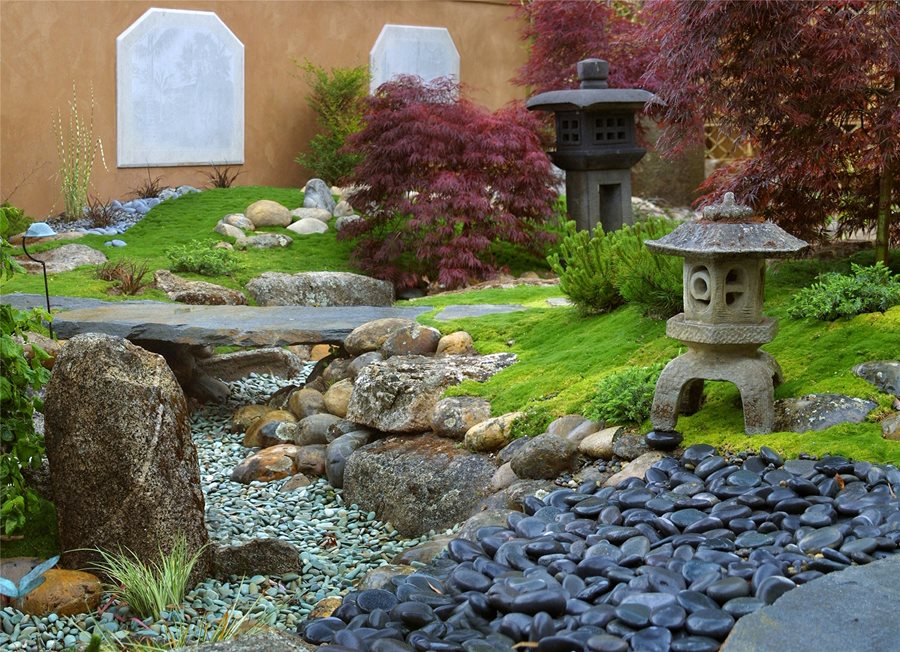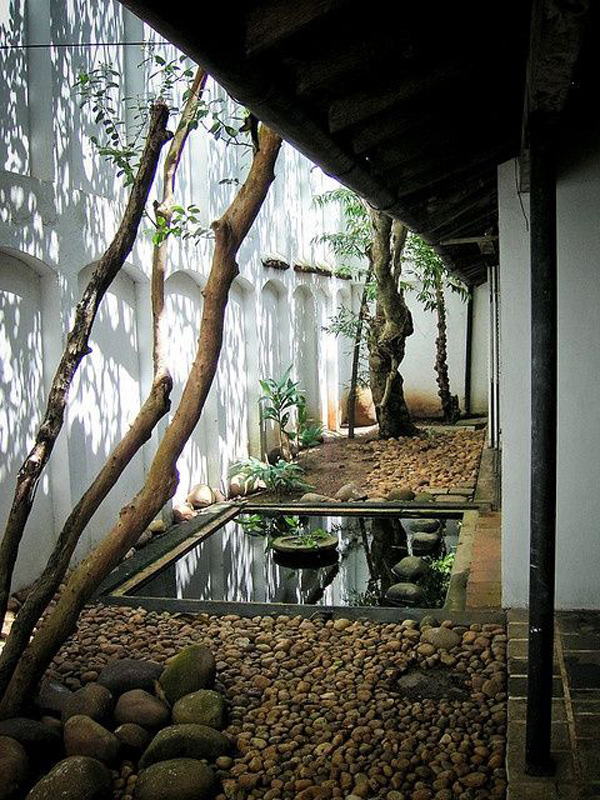

Tree branches can provide great contrasting ground covers or beautiful reflections in a pool of water. Prune trees into various shapes to highlight their architectural form. For instance, surround a tree with green hostas or chartreuse. Create Textural ContrastĬreate interest in the shaded areas of your garden by highlighting subtle color contrast and bold differences in texture. Pagoda pillars make great centrepieces for Japanese gardens. Many Japanese gardens feature stone lanterns that have been shaped like pagodas. These structures can make beautiful locations for entertaining or just sightseeing.

Use bamboo or wood to create teahouses or pavilion to serve as intimate spaces in your Japanese garden. However, it is essential to place stone steppers among the moss to allow people to pass easily without damaging the moss. Moss provides one of the best ground covers for Japanese gardens, especially in moist, shady areas. Grow evergreens like conifers to provide beautiful shades of green throughout the year. Grow EvergreensĪnother essential element of Japanese rose gardens is using design components that highlight differences in color and texture. For instance, a winding path that features stone pagodas on a turn and something different to explore on the next corner. Create MysteryĪn essential element of Japanese rose gardens is creating mystery by using design elements that cannot be viewed all at once. Consider using bamboo fencing to obstruct the view of all things outside your yard. Japanese Rose Garden Design Tips Stunning EntranceĬreate a stunning entrance to your garden with a beautiful gate and arbor. In addition, the gardens were influenced by the Chinese philosophies of Daoism and Amida Buddhism. The first Japanese rose gardens in Japan had a rich variety of flowers and evergreens.įurther, the Japanese religion of Shinto influenced garden designs. The aesthetics of the garden was inspired by the distinct traits of the Honshu landscape with rugged peaks, mountain streams, waterfalls, lakes, and narrow valleys. The first Japanese rose garden appeared on the island of Honshu in Japan. Thus, today, the design ideas of Japanese rose gardens are still prevalent throughout the world. Japanese merchants who had contact with China brought back Chinese gardening techniques and designs to Japan. The idea behind Japanese Rose Gardens was conceptualized during the Asuka period. The main idea behind these traditional gardens is to avoid artificial decorations and use elements that highlight the natural landscape.

A Japanese rose garden draws design inspiration from Japanese aesthetics and philosophical ideas.


 0 kommentar(er)
0 kommentar(er)
